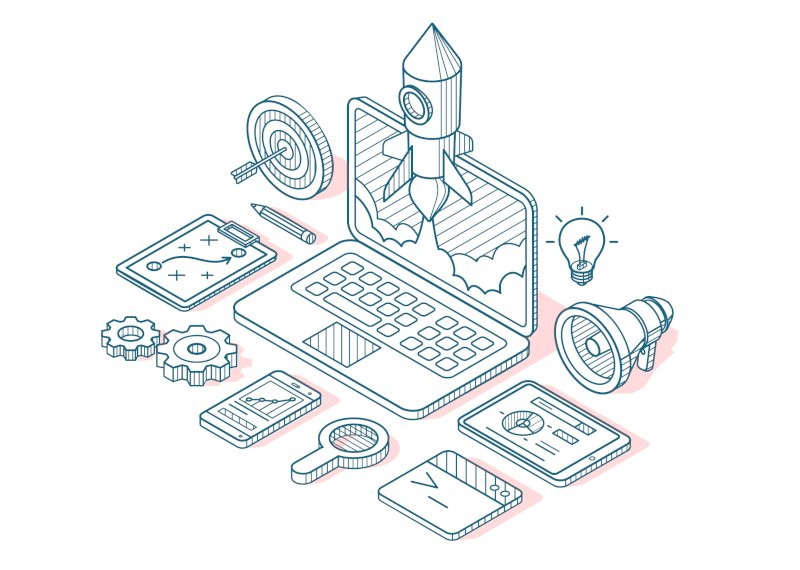How to works the marketing automations softwares?

Marketing automation software, as the name clearly suggests, helps to streamline marketing communication (or lead generation and lead nurturing in sales terms) processes and to evaluate results more effectively.
Most programmes are based on customers (leads) and inbound marketing campaigns. They help website visitors, mobile app users and existing customers to receive personalised messages and offers.
But marketing automation campaigns are much more than simply sending personalised newsletters to a database. In addition to email, almost all available digital channels (e.g. in-built website landing pages, pop-ups, push messages, chat, social media or SMS) can and should be included in marketing automation processes. The idea is that customers receive personalised messages based on their behaviour and on the marketing channel(s) that are likely to be the most effective in reaching them.
And as automated workflows run, you'll see exactly what worked and what didn't, making future marketing processes even more efficient.
And as automated workflows run, you will see exactly what worked and what didn't, making future marketing processes even more efficient.
Marketing automation software and platforms vary widely, with some specifically designed for large enterprises and others for micro and small businesses. Marketing automation software can also be distinguished by the direction of their communication, i.e. the relationship between buyer and seller:
- B2C (Business to Customer) businesses sell their products or services to individuals as end users
- B2B (Business to Business) companies offer solutions to other businesses.
MARKETING AUTOMATION SOFTWARE CAPABILITIES AND SERVICES
The automation of marketing tasks actually started with email. Today, however, websites, mobile apps, SMS messaging and social media are an integral part of the marketing process. Most marketing automation software also uses these tools.
The backbone of marketing automation is the following tasks:
- Customer management (Lead management)
- Customer profiling and segmentation
- Customer segmentation and customer segmentation (lead scoring)
- Email marketing, including template creation, customization, sending settings and the sending
- infrastructure itself
- Creation and customisation of landing pages and other lead generation tools built into the website
- Campaign management - managing multi-step campaigns that run automatically
- Report generation and evaluation
These services of course vary from software to software, and within that from module to module, and are complemented by more advanced services, usually from an enterprise environment, such as:
- Integration of Customer Relationship Management systems
- Social Media Marketing Management
- Web conferencing
- Dynamic websites
- Marketing Resource Management (MRM)
- Forecasting
Although marketing automation would benefit most businesses, its implementation is not straightforward and requires a relatively large amount of resources.
To ensure a smooth implementation and optimize your resources, turn to the team at Nitro.
There is currently a plethora of software available on the market, and as a layperson it is not easy to choose between them. In the following article, we will introduce you to some of the different marketing automation software available to make the process of choosing the right platform easier.
